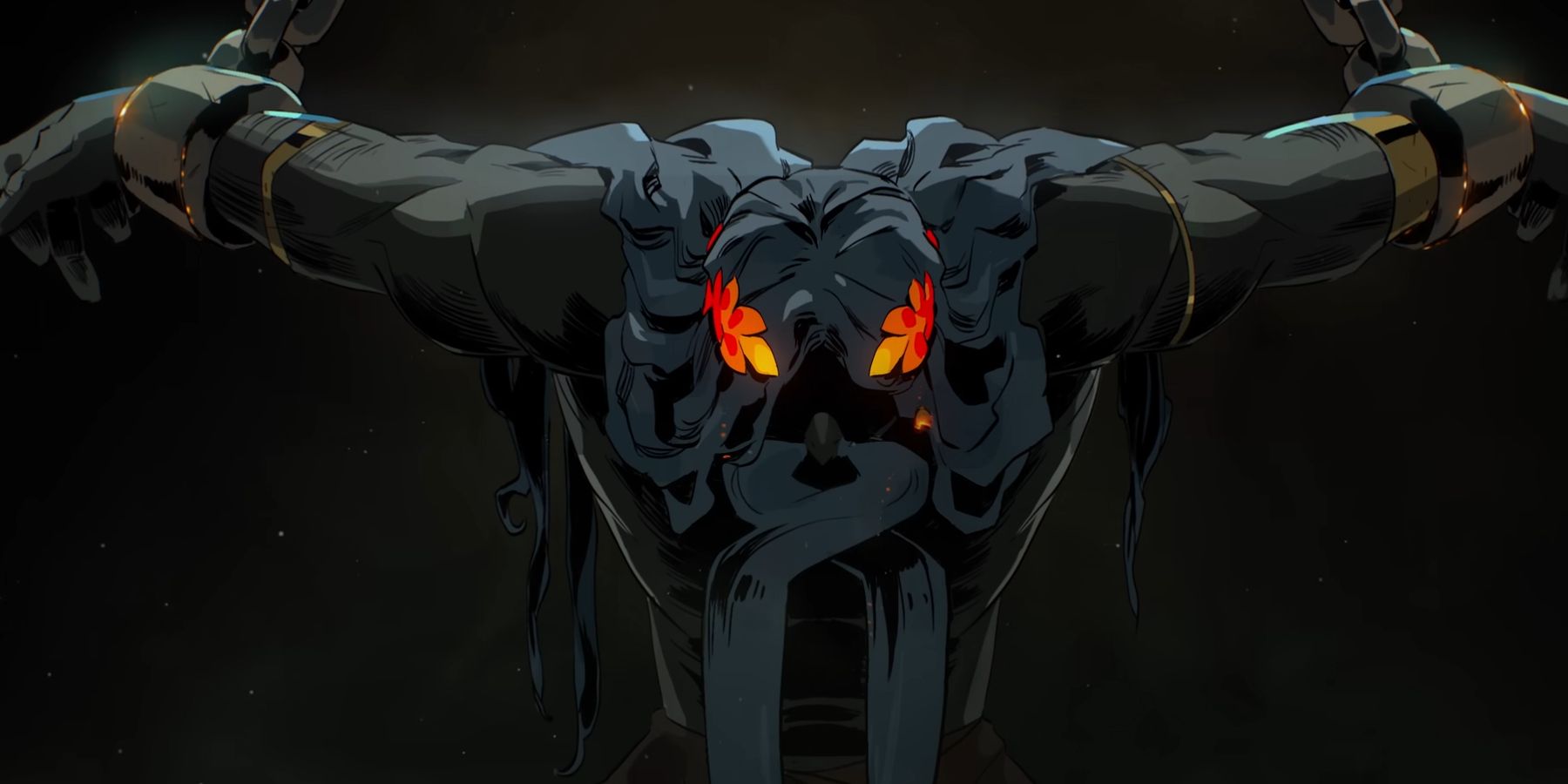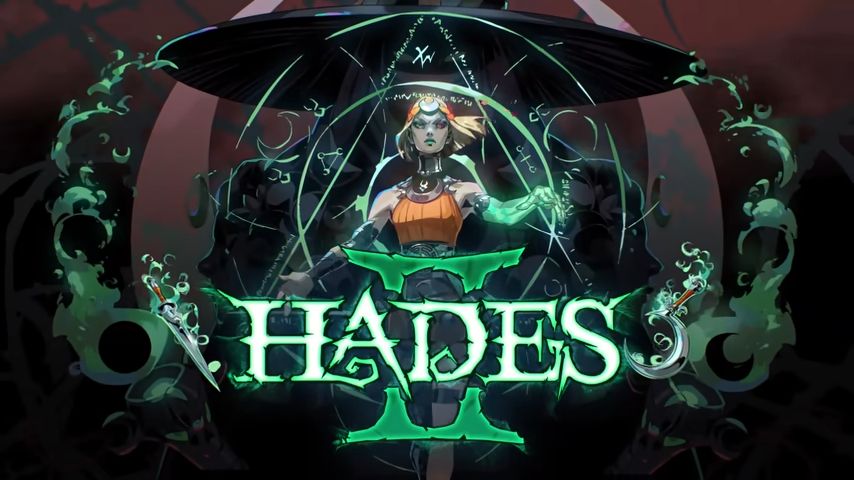The Game Awards 2022 announcements revealed many of the most anticipated indie titles of 2023 and beyond, most notably Supergiant Games upcoming sequel Hades 2. The studio's unique take on the rogue-like genre, particularly its incorporation of a lavishly-designed dialogue system and dating mechanics, brought players a story-rich and inspired take on Greek mythology that has rightly earned Supergiant immense commercial success.
With Hades 2, Supergiant is continuing the story of the Underworld right where players left off, but from a different perspective. Players will be fighting their way through the Underworld as another child of Hades: Melinoë. Her story centers around something rather different from Zagreus' own, rescuing Hades. To do this she must defeat the Titan of Time himself, Chronos, who has broken free from Tartarus and threatens to destroy the world. Supergiant has not yet provided much more than a teaser for what to expect from its depiction of the legendary Titan, but the mythology surrounding his rise and fall provides many clues on how Supergiant is likely to interpret the character.
The Mythology Of Chronos
In Greek mythology, there are actually two mythological figures that have historically been associated as being the Father of Time: Chronos and Cronus. Depending on the era of history, these figures are either the same individual or separate entities. In the Antiquity era, Cronus and Chronos appear to have been considered one and the same, with the origins of their names being the Greek word for time: chrónos.
In the original history of the Greek Olympians, Cronus is the son of the titans Uranus (Heaven) and Gaia (Earth) and is the youngest of the 12 titans. He later overthrew his father to become the king of the Titans where he made his own sister Rhea his consort. As king, he had six children with Rhea: Zeus, Poseidon, Hades, Demeter, Hestia, and Hera, who all would later attain power as the Olympian gods. Cronus himself was no ideal father. Titans are often characterized by their brutality and Cronus was no different. As part of a plan to prevent his children from overthrowing him, Cronus ate his children to ensure that betrayal was impossible.
Rhea however, hid Zeus on the island of Crete after he was born to keep him from Cronus' grip. Zeus would grow up in safety before waging war against his father in order to free his siblings from Cronus' stomach. Chronos was defeated by Zeus and all of his children were freed during the ten-year war known as the Titanomachy. What happened to Cronus after his defeat is less clear, though. Depending on the account, Cronus was either cast down to the pits of Tartarus, the deepest prison in the Underworld, or ascended to become a king in Elysium.
The History Of Chronos
Despite his major role in the creation myth of the Olympian pantheon, Cronus is not believed to have been widely worshiped by the Greeks. His presence goes back to the pre-Hellenic period, but given that the Olympians were already said to have triumphed over him, it appears that his role as a figure of worship did not emerge until the time of the Romans. It was then that his broader impact on the Western faiths of today begins to take shape.
After the Antiquity era, the Romans took the Greek Cronus and fused him with their indigenous god Saturn, who was a god time that primarily presides over calendars, seasons, and harvests. Saturn's fusion with Cronus in religious practice was one of many instances in history where the divide between Cronus and Chronos grew to the point that they became separate entities. Cronus no longer was identified as the Father of Time, that was now Chronos, but instead as a Titan god of harvest who presided over the passage of time. It is here where Chronos and Cronus became wrapped into other Western cultural figures like Father Time (associated both with the harvest and the broader concept of time) which muddled the cultural image of the Titan.
Saturnalian Cronus is also the point in history where the image of the harvest scythe (or sickle depending on the depiction) became associated with the Titan. In the Renaissance in particular, this harvest god depiction of a Father Time (based on Chronos) took hold in the arts. This popularity as a subject for artistic expression would persist for centuries with notable artworks made by figures such as Hieronymous Bosch, Peter Paul Rubens, Francisco Goya, L. Frank Baum, Edgar Allen Poe, and C.S. Lewis among many others. The popularity of the God of War franchise and Hades represent a continuation of this enduring interest in interpreting the figure of Chronos and the complex religious and cultural history he represents.
How Hades 2 Might Interpret Chronos
Hades 2 appears to be interpreting the mythology with Chronos as Titan in control of time, and as a prisoner in Tartarus. This makes sense given the game's Underworld setting and the Greek origins of the game's version of the mythology. Greek mythology though, is one of the few major Western religions that does not have a rapture or apocalypse that is prophesied for the future. This means that there is little historical information on what might lead to the downfall of the gods or if the Titans would ever rise again. This is where Hades 2 and other successful adaptations of Greek mythology are primarily providing their own creative interpretation.
It will be particularly interesting to see how Supergiant tackles time-based attacks, time-travel, and other methods of time-control throughout its upcoming game. The trailer itself alludes to the fact that killing a being in control of time seems virtually impossible without a plan to counteract such an overwhelming ability. As a result, Chronos's manipulation of time and fight against Melinoë will also likely draw on Supergiant's interest in capturing the history of witchcraft within Greek mythology.
In the Hades 2 FAQ, the company specifically discusses the game's connection to witchcraft saying:
"Central to this ancient and oft-feared and misunderstood practice is Hecate, the secretive goddess of witchcraft and the crossroads. She plays a significant role in classical mythology surrounding Hades and the Underworld, and has been an influential and deeply compelling figure in witchcraft, myth, and folklore in a variety of cultures for thousands of years... so much so that we felt we needed a whole new game to try and do her justice."
It may be that while Chronos can control time in Hades 2, Hecate and Melinoë have other, older means by which they can bend the fabric of time to their advantage.
While Melinoë and Zagreus are both rooted in real mythological figures, the incredible work of Supergiant Games' writing team is what truly brings them to life. Zagreus has already entered the hallowed halls of video game heartthrobs and Melinoë and her story seem well-positioned to repeat history and give players another chance to explore the beauties of the Underworld and its at times less than friendly inhabitants. How far Melinoë will have to go to defeat Chronos, and what the consequences may be for striking down time itself, remains to be seen.
Hades 2 is in development, with Early Access planned for 2023.






